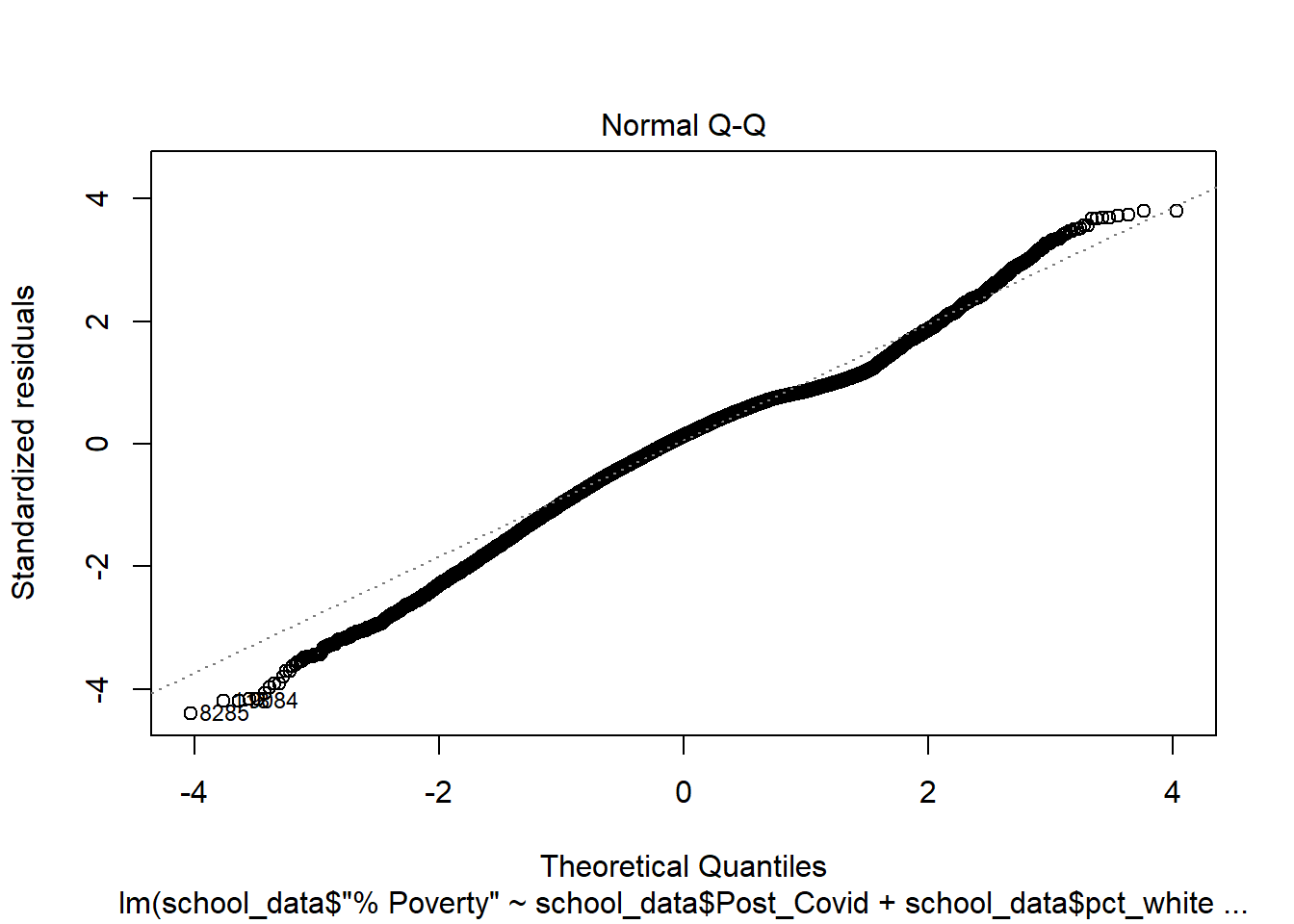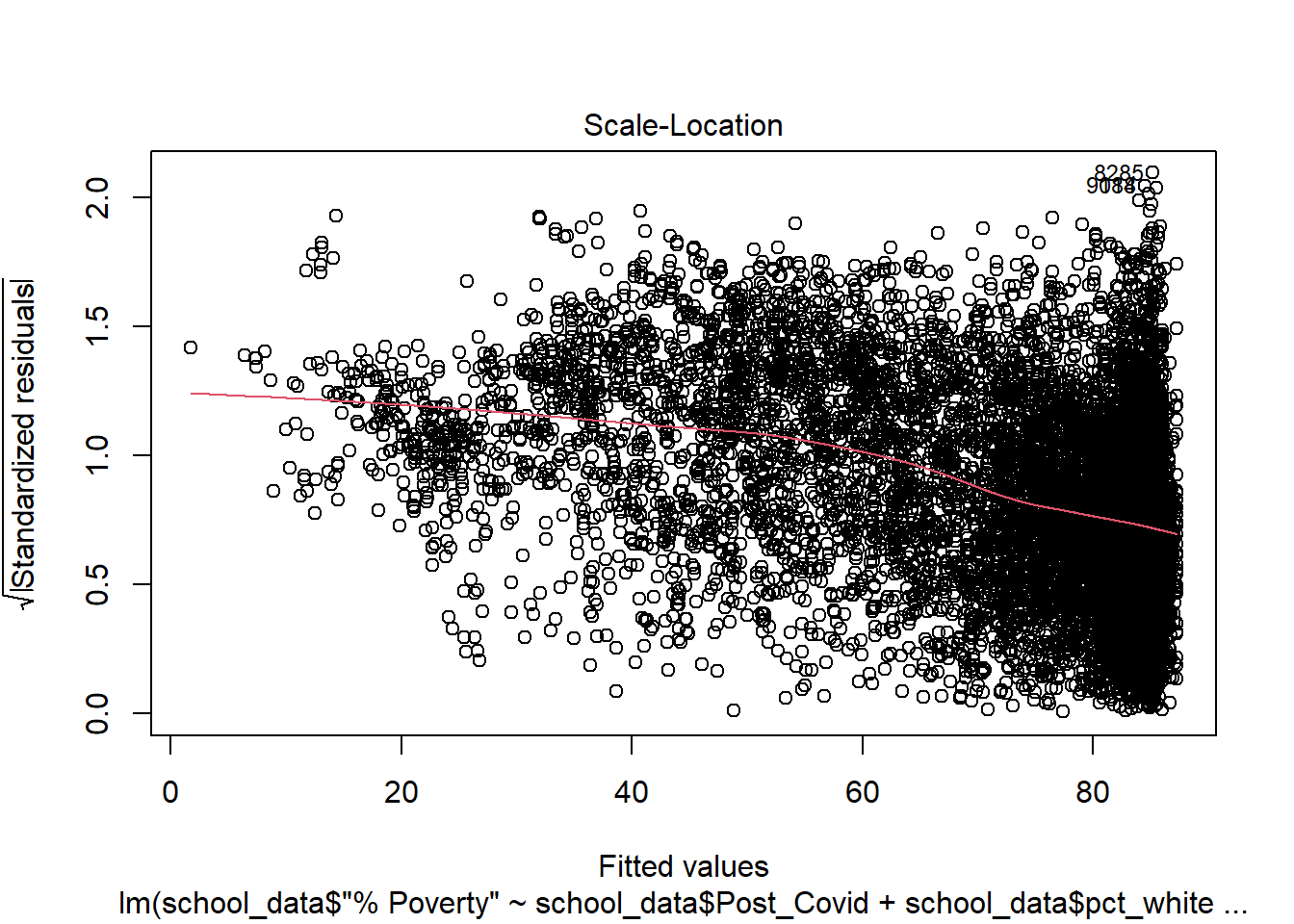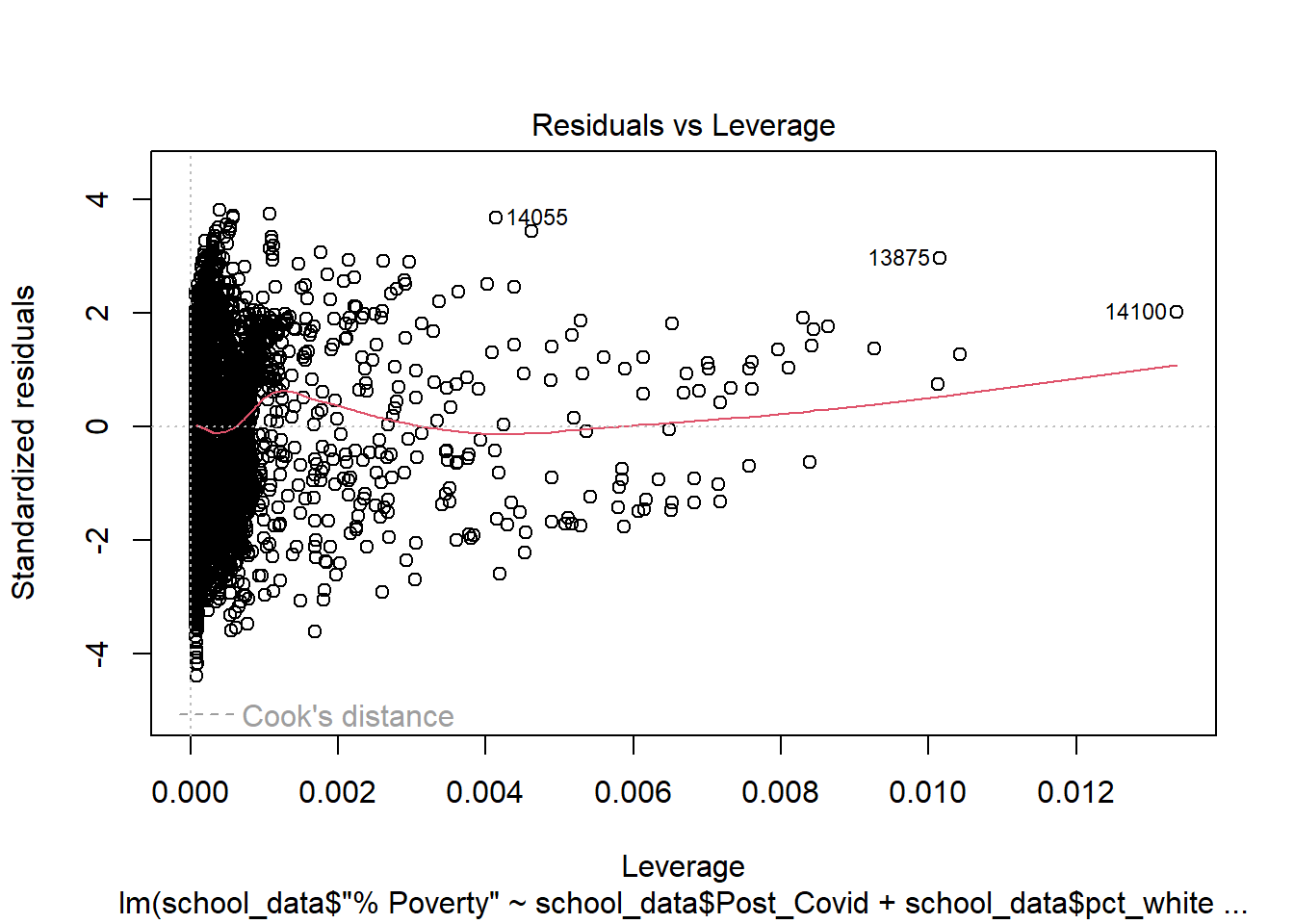Rows: 18,142
Columns: 38
$ DBN <chr> "01M015", "01M015", "01M015", "01M015",…
$ `School Name` <chr> "P.S. 015 Roberto Clemente", "P.S. 015 …
$ Year <chr> "2014-15", "2015-16", "2016-17", "2017-…
$ `Total Enrollment` <dbl> 183, 176, 178, 190, 174, 270, 270, 271,…
$ `Grade K` <dbl> 27, 32, 28, 28, 20, 44, 47, 37, 34, 30,…
$ `Grade 1` <dbl> 47, 33, 33, 32, 33, 40, 43, 46, 38, 39,…
$ `Grade 2` <dbl> 31, 39, 27, 33, 30, 39, 41, 47, 42, 43,…
$ `Grade 3` <dbl> 19, 23, 31, 23, 30, 35, 43, 40, 46, 41,…
$ `Grade 4` <dbl> 17, 17, 24, 31, 20, 40, 35, 43, 42, 44,…
$ `Grade 5` <dbl> 24, 18, 18, 26, 28, 42, 40, 34, 42, 42,…
$ `Grade 6` <dbl> 0, 0, 0, 0, 0, 0, 0, 0, 0, 0, 0, 0, 0, …
$ `Grade 7` <dbl> 0, 0, 0, 0, 0, 0, 0, 0, 0, 0, 0, 0, 0, …
$ `Grade 8` <dbl> 0, 0, 0, 0, 0, 0, 0, 0, 0, 0, 0, 0, 0, …
$ `Grade 9` <dbl> 0, 0, 0, 0, 0, 0, 0, 0, 0, 0, 0, 0, 0, …
$ `Grade 10` <dbl> 0, 0, 0, 0, 0, 0, 0, 0, 0, 0, 0, 0, 0, …
$ `Grade 11` <dbl> 0, 0, 0, 0, 0, 0, 0, 0, 0, 0, 0, 0, 0, …
$ `Grade 12` <dbl> 0, 0, 0, 0, 0, 0, 0, 0, 0, 0, 0, 0, 0, …
$ `# Female` <dbl> 84, 83, 83, 99, 85, 132, 125, 127, 114,…
$ `% Female` <dbl> 0.459, 0.472, 0.466, 0.521, 0.489, 0.48…
$ `# Male` <dbl> 99, 93, 95, 91, 89, 138, 145, 144, 143,…
$ `% Male` <dbl> 0.541, 0.528, 0.534, 0.479, 0.511, 0.51…
$ `# Asian` <dbl> 8, 9, 14, 20, 24, 30, 27, 24, 23, 14, 2…
$ `% Asian` <dbl> 0.044, 0.051, 0.079, 0.105, 0.138, 0.11…
$ `# Black` <dbl> 65, 57, 51, 52, 48, 47, 55, 51, 49, 52,…
$ `% Black` <dbl> 0.355, 0.324, 0.287, 0.274, 0.276, 0.17…
$ `# Hispanic` <dbl> 107, 105, 105, 110, 95, 158, 169, 180, …
$ `% Hispanic` <dbl> 0.585, 0.597, 0.590, 0.579, 0.546, 0.58…
$ `# White` <dbl> 2, 2, 4, 6, 6, 27, 16, 15, 16, 18, 25, …
$ `% White` <dbl> 0.011, 0.011, 0.022, 0.032, 0.034, 0.10…
$ `# Students with Disabilities` <dbl> 64, 60, 51, 49, 38, 82, 82, 88, 90, 92,…
$ `% Students with Disabilities` <dbl> 0.350, 0.341, 0.287, 0.258, 0.218, 0.30…
$ `# English Language Learners` <dbl> 17, 16, 12, 8, 8, 18, 13, 9, 8, 8, 120,…
$ `% English Language Learners` <dbl> 0.093, 0.091, 0.067, 0.042, 0.046, 0.06…
$ `# Poverty` <chr> "169", "149", "152", "161", "145", "200…
$ `% Poverty` <dbl> 92.3, 84.7, 85.4, 84.7, 83.3, 74.1, 80.…
$ `Economic Need Index` <dbl> 0.930, 0.889, 0.882, 0.890, 0.880, 0.60…
$ pct_white <dbl> 0.011, 0.011, 0.022, 0.032, 0.034, 0.10…
$ Post_Covid <chr> "0", "0", "0", "0", "0", "0", "0", "0",…









